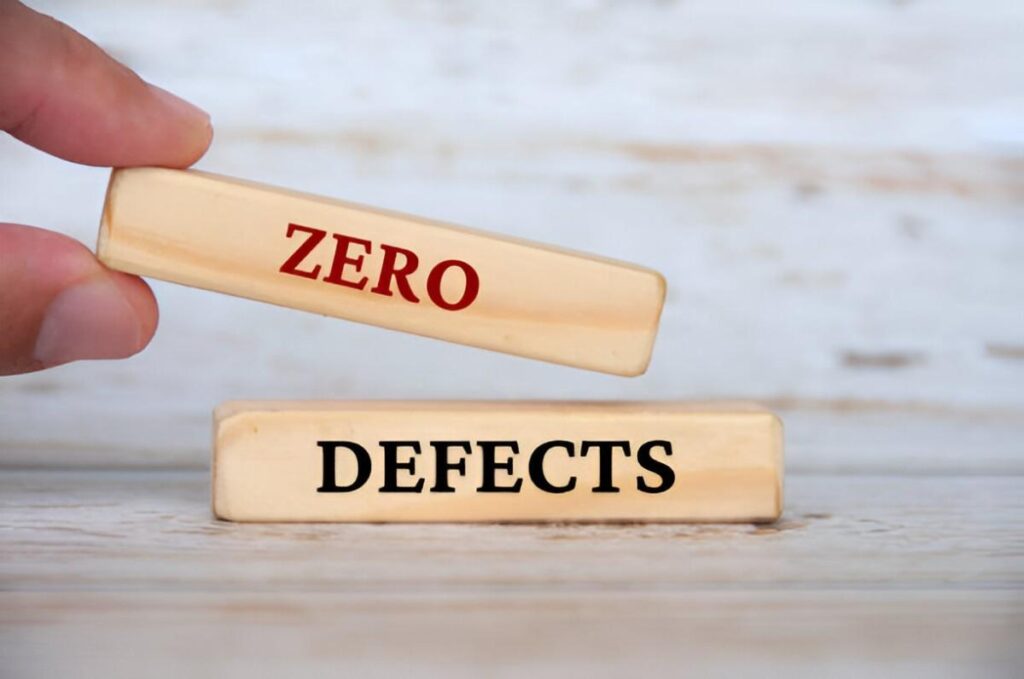As someone deeply immersed in the world of finance and accounting, I’ve come to appreciate the nuanced concepts that underpin successful real estate investments. One such concept is vested interest. While it may sound like a dry legal or financial term, understanding vested interest is crucial for anyone involved in real estate, whether you’re an investor, developer, or property manager. In this article, I’ll break down what vested interest means, why it matters, and how it impacts real estate investment decisions. I’ll also provide practical examples, mathematical expressions, and tables to illustrate key points.
Table of Contents
What Is Vested Interest?
Vested interest refers to a legal right or ownership stake in an asset that cannot be taken away, regardless of future events. In real estate, this often translates to an individual or entity having a guaranteed claim to a property or its proceeds. For example, if I invest in a real estate project and my contribution gives me a 20% vested interest, I am entitled to 20% of the profits or proceeds, even if I exit the project early.
Vested interest is different from contingent interest, which depends on certain conditions being met. For instance, a contingent interest might only materialize if a property reaches a specific valuation threshold. Vested interest, on the other hand, is unconditional and irrevocable.
Why Vested Interest Matters in Real Estate
Real estate investments often involve multiple stakeholders, including investors, developers, lenders, and tenants. Each party may have a vested interest in the property, and understanding these interests is critical for structuring deals, resolving disputes, and ensuring fair distribution of profits.
For example, let’s say I’m part of a group investing in a commercial property. My vested interest determines how much of the rental income or sale proceeds I’m entitled to. If I don’t fully understand my vested interest, I might end up with less than I expected or face legal complications down the line.
Types of Vested Interest in Real Estate
Vested interest can take several forms in real estate, depending on the context and the parties involved. Here are the most common types:
1. Equity Interest
Equity interest represents ownership in a property. If I own 30% of a property, my vested interest entitles me to 30% of the profits, losses, and decision-making authority.
2. Debt Interest
Lenders often have a vested interest in a property through mortgages or loans. If I lend money to a real estate developer, my vested interest might include a claim on the property’s cash flow or collateral.
3. Leasehold Interest
Tenants can also have a vested interest, especially in long-term leases. For instance, if I lease a property for 20 years, I might have the right to sublease or make improvements, which adds value to my vested interest.
4. Development Interest
Developers often have a vested interest in the properties they build. This interest might include a share of the profits from sales or rentals, as well as control over the development process.
Calculating Vested Interest
To better understand vested interest, let’s dive into some calculations. Suppose I invest $100,000 in a real estate project with a total investment of $500,000. My vested interest would be:
\text{Vested Interest} = \frac{\text{My Investment}}{\text{Total Investment}} = \frac{100,000}{500,000} = 20\%This means I’m entitled to 20% of the profits or proceeds from the property.
Now, let’s consider a more complex scenario. Suppose the property generates $1,000,000 in rental income over five years. My share of the income would be:
\text{My Share} = \text{Total Income} \times \text{Vested Interest} = 1,000,000 \times 0.20 = 200,000This calculation shows how vested interest directly impacts financial outcomes.
Vested Interest vs. Future Interest
It’s important to distinguish between vested interest and future interest. Vested interest is immediate and unconditional, while future interest depends on specific events or conditions. For example, if I agree to receive a percentage of a property’s profits only after it reaches a certain valuation, that’s a future interest, not a vested interest.
Legal Implications of Vested Interest
Vested interest has significant legal implications, especially in real estate transactions. For instance, if I sell my vested interest in a property, the buyer assumes my rights and obligations. This transfer must be documented properly to avoid disputes.
Additionally, vested interest can affect property taxes. If I have a vested interest in a property, I might be responsible for a portion of the property taxes, even if I don’t physically occupy the space.
Case Study: Vested Interest in a Real Estate Partnership
Let’s look at a real-world example. Suppose I enter into a partnership with two other investors to purchase a residential property. The total investment is $1,000,000, and I contribute $300,000. My vested interest is:
\text{Vested Interest} = \frac{300,000}{1,000,000} = 30\%The property generates $500,000 in rental income over three years. My share of the income is:
\text{My Share} = 500,000 \times 0.30 = 150,000If the property is sold for $1,500,000, my share of the sale proceeds is:
\text{My Share} = 1,500,000 \times 0.30 = 450,000This case study illustrates how vested interest determines financial outcomes in real estate partnerships.
Tax Implications of Vested Interest
Vested interest can also have tax implications. In the U.S., the IRS treats vested interest as taxable income. For example, if I receive $150,000 from rental income due to my vested interest, I must report this amount on my tax return.
Additionally, if I sell my vested interest, I might be subject to capital gains tax. Suppose I sell my 30% vested interest for $450,000. If my original investment was $300,000, my capital gain is:
\text{Capital Gain} = \text{Sale Price} - \text{Original Investment} = 450,000 - 300,000 = 150,000This $150,000 gain would be subject to capital gains tax, which varies depending on my income level and how long I held the interest.
Vested Interest in Real Estate Development
In real estate development, vested interest often involves multiple parties, including land owners, developers, and investors. For example, if I’m a landowner and I agree to contribute my land to a development project in exchange for a 25% vested interest, my share of the profits would be calculated based on this percentage.
Let’s say the development project generates $2,000,000 in profits. My share would be:
\text{My Share} = 2,000,000 \times 0.25 = 500,000This example shows how vested interest can align the interests of different stakeholders in a development project.
Risks Associated with Vested Interest
While vested interest offers many benefits, it also comes with risks. For instance, if a property underperforms, my vested interest might result in losses rather than profits. Additionally, disputes over vested interest can lead to legal battles, especially if the terms of the agreement are unclear.
To mitigate these risks, it’s essential to document vested interest agreements thoroughly and seek legal advice when necessary.
Conclusion
Vested interest is a cornerstone of real estate investment, shaping financial outcomes, legal rights, and stakeholder relationships. By understanding this concept, I can make informed decisions, structure deals effectively, and protect my interests. Whether I’m an investor, developer, or property owner, vested interest plays a pivotal role in my success.





